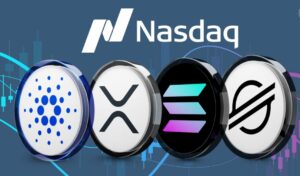
Margin trading presents an opportunity to amplify your trading potential. However, margin trading also comes with increased risks and challenges. With the rise of exchanges offering margin trading, Bitget stands out as one of the key platforms offering this service, allowing traders to borrow funds to trade beyond their initial capital. But what exactly does Bitget margin trading entail, and what are the key aspects you need to know to navigate it effectively?
This in-depth guide will provide all the essential details you need to understand Bitget margin trading in 2025, from the types of margin accounts, fee structures, to essential tips on risk management and maximizing returns.
What is Bitget Margin Trading?
Margin trading involves borrowing funds to trade larger positions than what your initial deposit would otherwise allow. Essentially, you use leverage to magnify your potential returns. For instance, if you use 2x leverage and invest $100, you can control a $200 position. While this increases your potential profits, it also means that losses are amplified, and traders can lose more than their initial deposit.
Bitget margin trading offers two types of margin accounts – Isolated Margin and Cross Margin – each suited to different risk preferences and trading strategies. In Bitget’s case, traders can access leverage up to 10x, allowing for greater flexibility in managing positions.
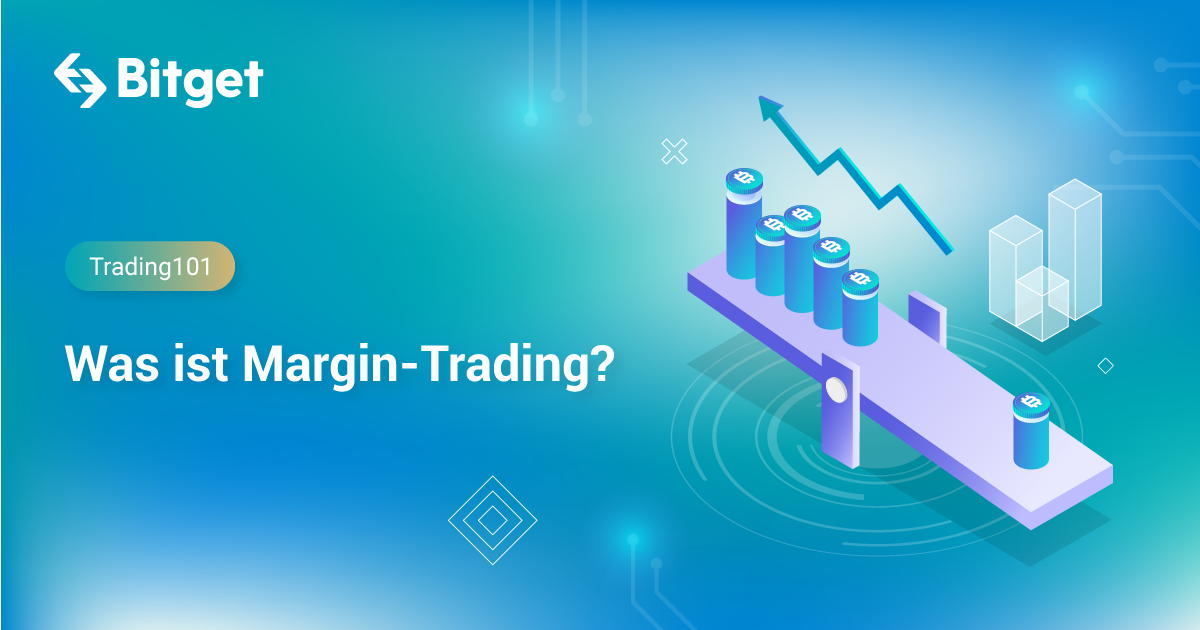
The Two Types of Margin on Bitget
Bitget offers two margin modes: Isolated Margin and Cross Margin. Each comes with its own set of advantages, making it essential for you to choose the one that fits your trading strategy and risk tolerance.
Bitget Isolated Margin
Isolated margin is a trading mode where a specific amount of margin is allocated to each trade. In the event of a liquidation, only the margin used for that particular trade is at risk. The rest of your portfolio remains untouched.
Advantages:
- Limited Risk Exposure: With Isolated Margin, the maximum loss is confined to the collateral allocated to that position, which limits your exposure to risk.
Risk Management: Traders can limit their risk by allocating smaller amounts of margin to trades. - Example: If you invest $100 in an isolated margin trade with 5x leverage, your total position is $500. However, if the trade is liquidated, only your $100 is at risk, leaving the rest of your funds in other trades unaffected.
Bitget Cross Margin
Cross margin, on the other hand, uses the entire available balance in your account to support all active positions. This means that your entire portfolio can be used as collateral for Bitget margin trading, which offers greater flexibility. However, a loss on one position could impact your entire account balance.
Advantages:
- Greater Flexibility: Cross Margin provides flexibility since the collateral from your entire account is used across positions.
- Reduced Risk of Liquidation: If one position faces adverse market conditions, the overall portfolio balance can help prevent the liquidation of other positions.
- Example: In cross-margin, if you have $1,000 in your account and open two separate trades with leverage, both positions share that $1,000 as collateral. If one trade incurs a loss, the remaining balance helps cushion the impact.
Bitget Margin Trading Fees
Understanding the fee structure is crucial when engaging in Bitget margin trading, as fees can affect profitability. Bitget implements a straightforward fee system for margin trading. The standard fee for both maker and taker transactions is 0.1%.
- Fee Discounts: For traders who hold Bitget’s native token, BGB, there is a 20% discount on margin trading fees. This means that by paying with BGB, your fees are reduced to 0.08%, making Bitget one of the more competitive platforms in terms of fee structures.
- This fee discount is automatically applied if you have a sufficient balance of BGB in your account, making it an attractive option for frequent traders looking to minimize trading costs.
- Additional Costs: In addition to trading fees, Bitget also charges funding fees for margin trading. These fees are typically paid every 8 hours and can vary based on the leverage used. It’s important to factor in these costs when calculating the profitability of your trades.
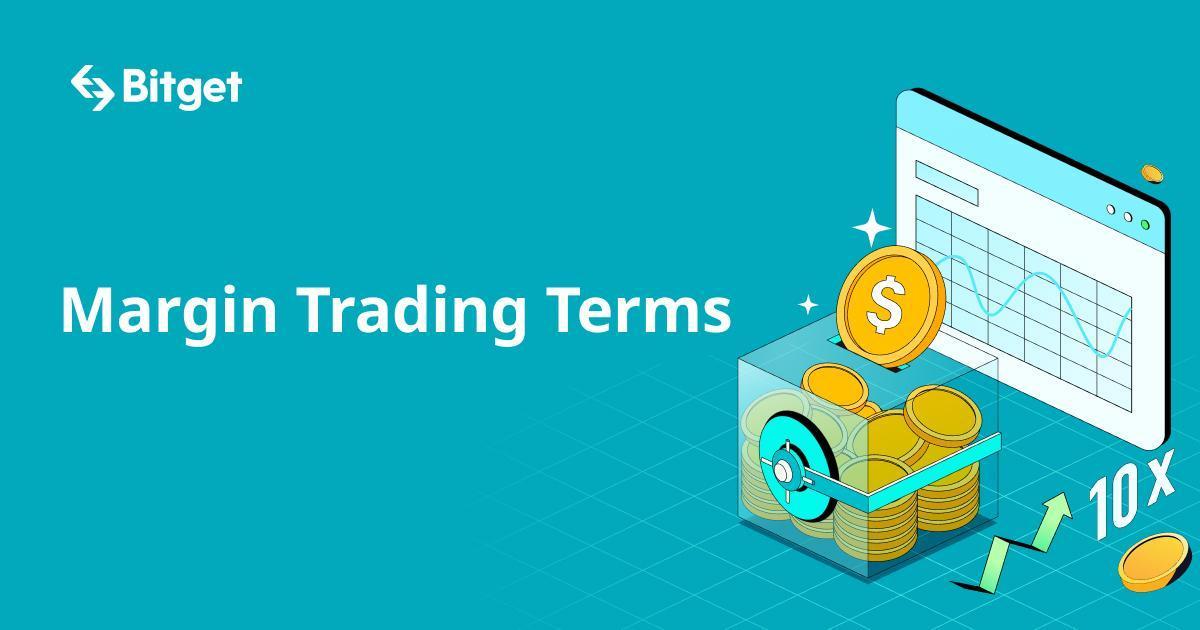
Leverage on Bitget Margin Trading
Leverage is one of the primary components of Bitget margin trading. It allows traders to control larger positions than their initial deposit. On Bitget, leverage is available for both Isolated Margin and Cross Margin accounts, but the amount of leverage you can use differs for each.
Isolated Margin Leverage
On Bitget’s Isolated Margin mode, you can access up to 10x leverage. This means that for every $1 of your own funds, you can trade a position worth $10. With higher leverage, the potential for profit increases, but so does the risk.
Cross Margin Leverage
In the case of Cross Margin, Bitget provides leverage of up to 3x, making it more conservative than Isolated Margin. With Cross Margin, your collateral is shared across multiple positions, allowing for more stable trading, but the increased leverage comes with a greater risk of losing your entire balance.
Leveraging Bitget’s Token (BGB)
Traders can leverage Bitget’s native token BGB for trading fees, margin trading, and other platform features. Holding and using BGB can unlock further benefits, such as fee reductions and an enhanced trading experience.
Risk Management in Bitget Margin Trading
Margin trading can amplify profits, but it also comes with significant risks. Effective risk management is essential to avoid heavy losses and to protect your trading capital. Bitget offers several tools to help you manage risk:
Stop-Loss Orders
Stop-loss orders are essential in Bitget margin trading as they allow traders to automatically close a position once the price reaches a certain point. This helps limit losses by preventing a position from further declining in value.
Monitoring Margin Levels
Keeping track of your margin levels is vital in ensuring you don’t face a margin call or liquidation. Bitget provides tools to help you monitor your margin requirements and adjust your positions accordingly.
Adjusting Leverage
By adjusting the leverage on your position, you can increase or decrease your exposure to the market. Using lower leverage can help manage risk more effectively, particularly in volatile markets.
How to Start Margin Trading on Bitget
Getting started with Bitget margin trading is straightforward. Follow these simple steps:
- Create and Verify Your Account: Ensure your Bitget account is verified to access Bitget margin trading features.
- Deposit Funds: Transfer funds (cryptocurrencies) into your Bitget account that you will use as collateral for margin trading.
- Choose Margin Mode: Decide between Isolated or Cross Margin based on your risk tolerance and trading strategy.
- Select Leverage: Choose the leverage amount you’re comfortable with, understanding the risks associated with higher leverage.
- Place Your Orders: Once everything is set, place your buy or sell orders according to your trading strategy.
- Monitor Your Position: Keep an eye on the market and your positions. Make necessary adjustments if the market moves against you.
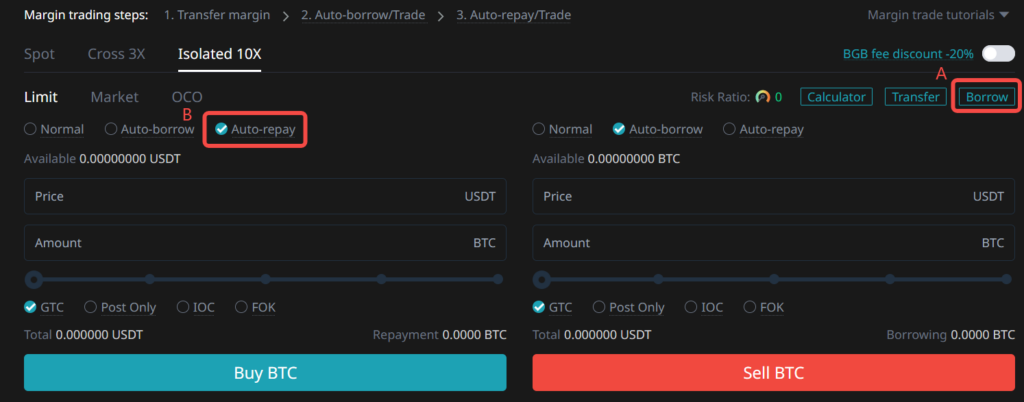
Security and Advanced Features of Bitget Margin Trading
Given the risks of margin trading, security is paramount. Bitget places significant emphasis on the security of user funds with robust measures such as:
- Two-Factor Authentication (2FA): Adding an extra layer of security to your account.
- Cold Storage for Funds: Keeping the majority of user funds offline to prevent hacks.
- Regular Audits: Bitget conducts regular security audits to identify vulnerabilities and strengthen their systems.
In addition to the fundamental Bitget margin trading features, Bitget also offers advanced tools designed to enhance the trading experience for seasoned traders. One of these features is the Margin Loan System, which allows users to borrow funds from the platform to execute larger trades. This feature offers more flexibility in managing capital, ensuring that traders can scale their positions effectively without needing to deposit additional funds.
Bitget also provides Real-Time Market Data and Advanced Charting Tools that allow traders to analyze market conditions with precision. This includes the ability to view price movements, order books, and other key metrics that are crucial for making informed trading decisions. These tools are particularly useful in Bitget margin trading, where understanding market trends can mean the difference between profit and loss.
For those looking to automate their strategies, API trading is available. This allows for the integration of automated trading bots, which can execute margin trades based on pre-set parameters, providing a more hands-off approach for users. With such tools, Bitget enhances its margin trading platform, ensuring that traders of all experience levels can maximize their strategies and navigate the volatile crypto market more effectively.
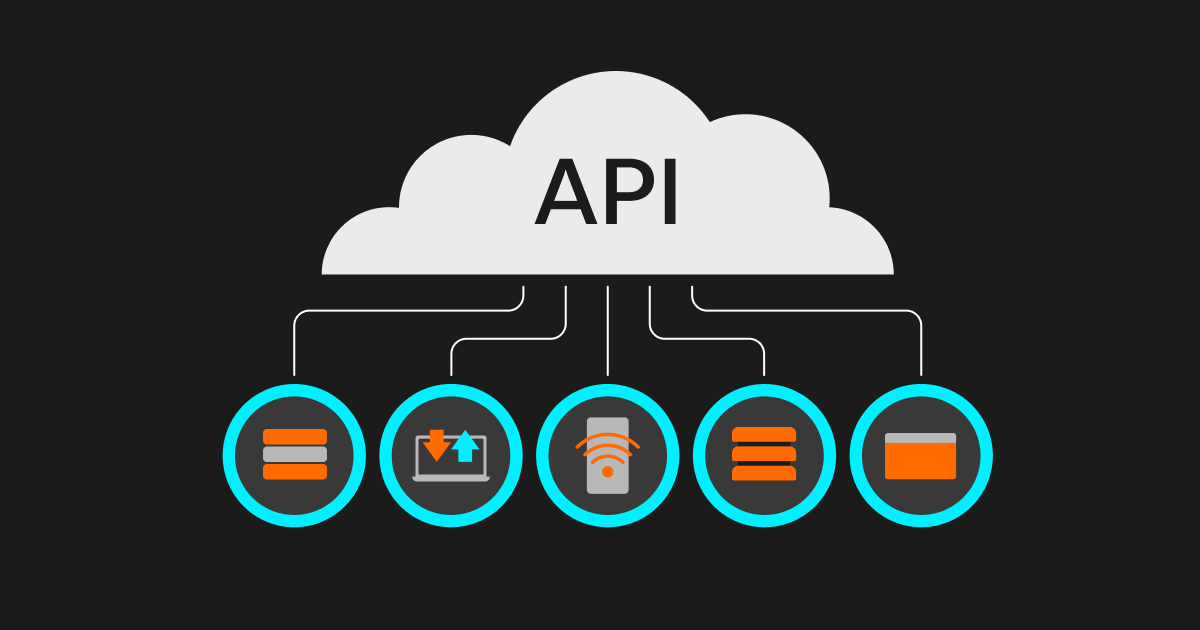
Conclusion
Bitget margin trading provides a powerful way for traders to leverage their positions, opening up the potential for amplified returns. Whether you’re a beginner testing the waters or an experienced trader looking to maximize profits, Bitget offers a comprehensive suite of tools designed to help you succeed in the highly competitive world of cryptocurrency trading. The ability to choose between Isolated Margin and Cross Margin, along with the option to apply up to 10x leverage, gives traders the flexibility to tailor their trading strategies to their specific risk tolerance and market outlook.
What sets Bitget apart is its user-friendly interface, low Bitget margin fees, and the significant benefits of using Bitget’s native token, BGB, for fee reductions. This fee structure, along with the ease of accessing leverage, allows traders to keep costs down while maximizing their position sizes. However, like all forms of margin trading, it’s important to proceed with caution. Using leverage increases both potential profits and risks. Therefore, effective risk management, such as utilizing stop-loss orders, regularly monitoring margin levels, and adjusting leverage settings is crucial to protecting your investments.



